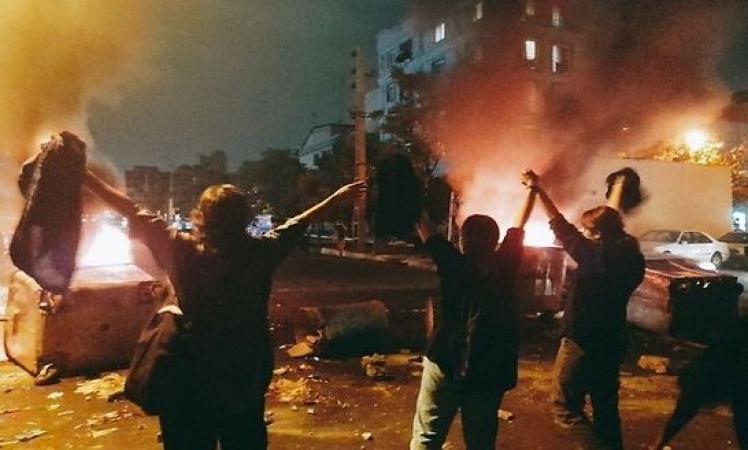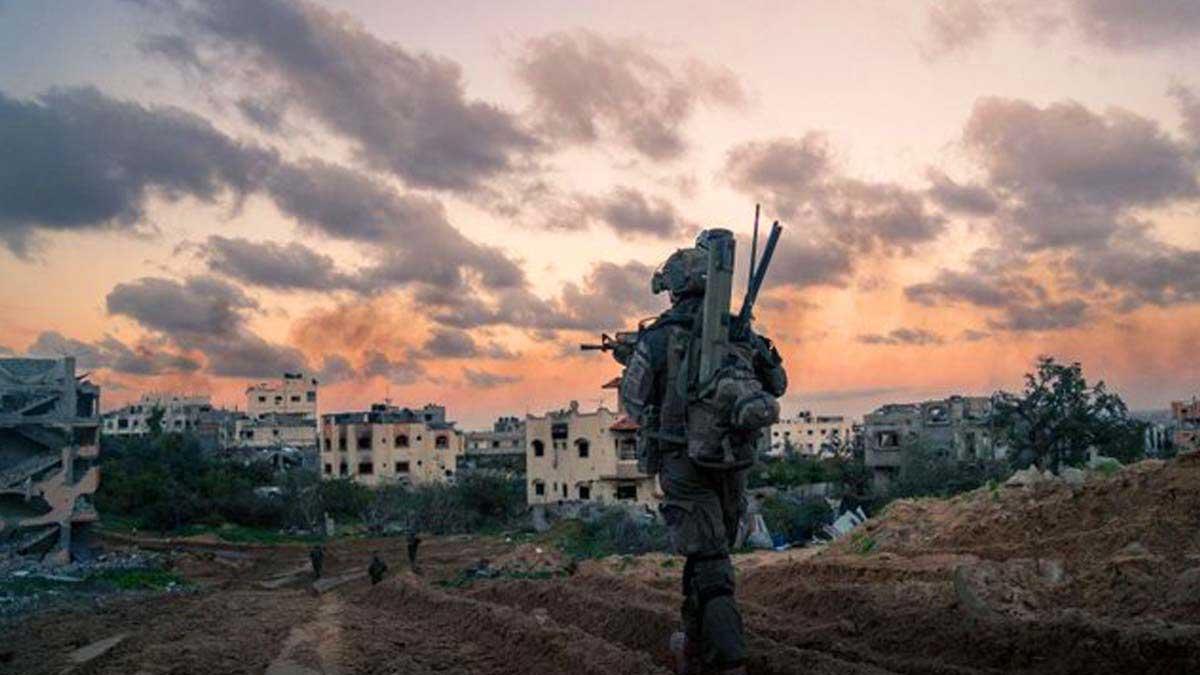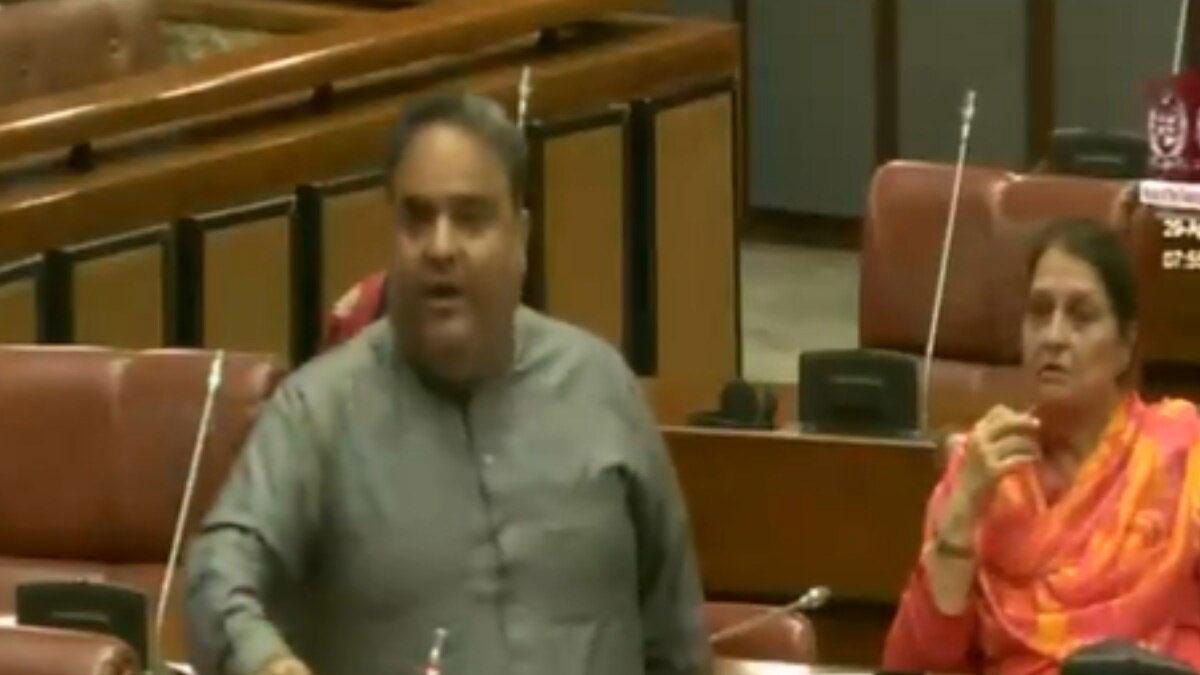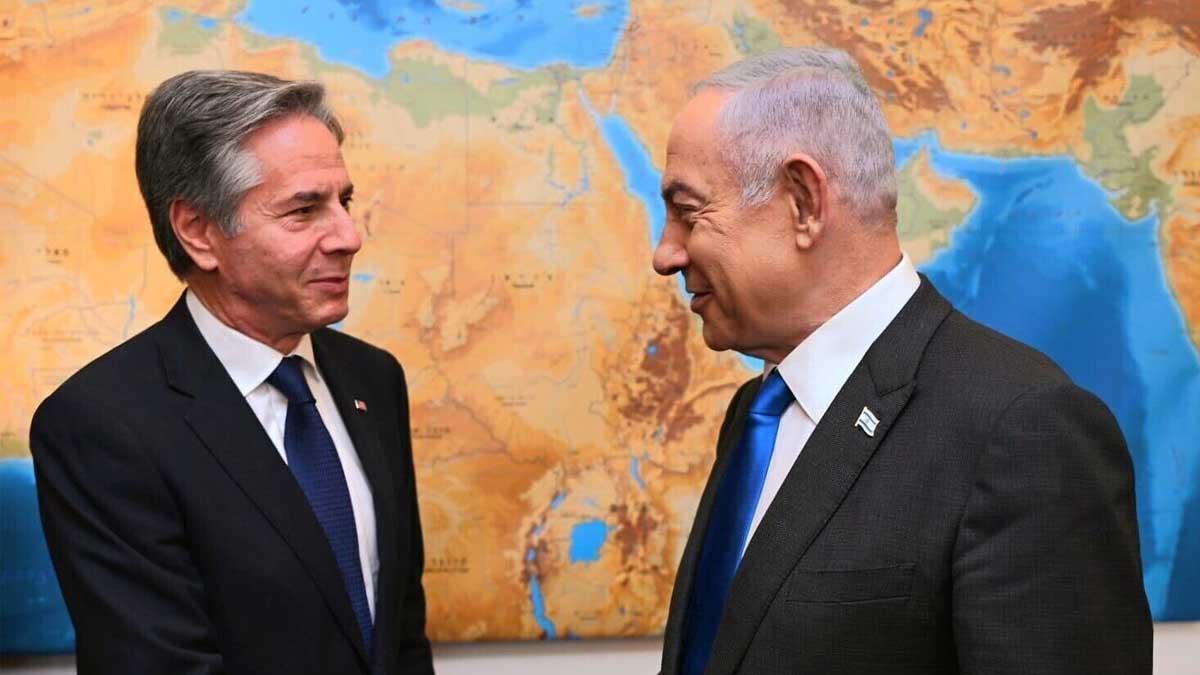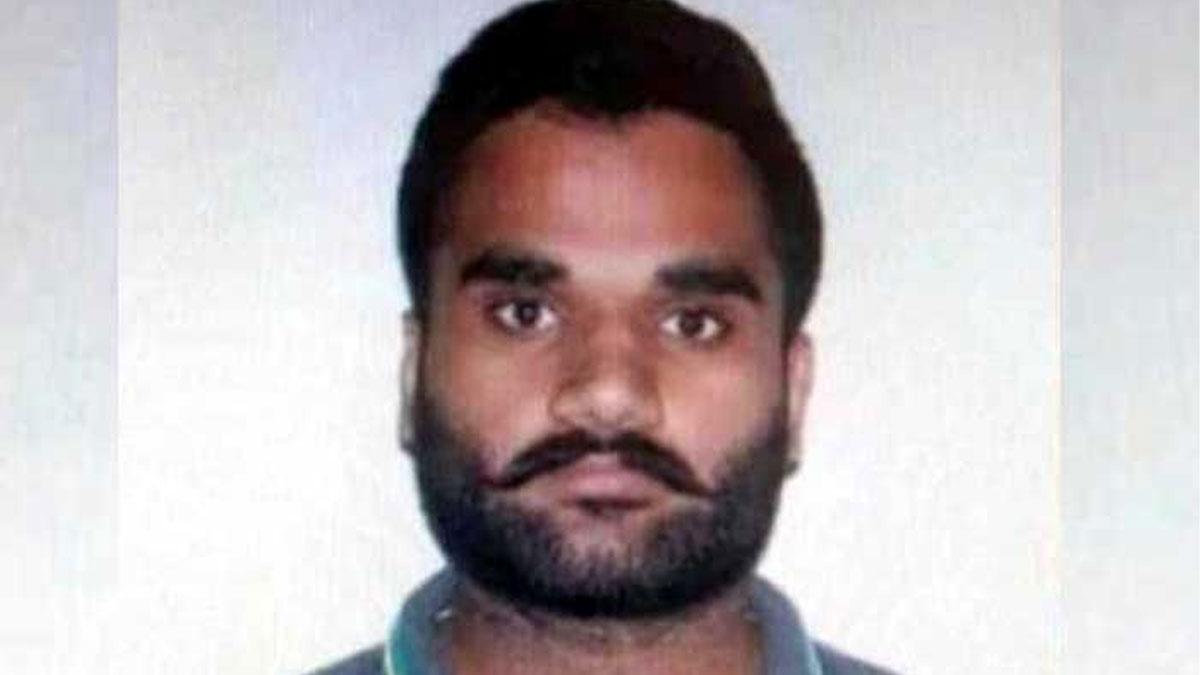Iranian school children were being arrested inside school premises on Sunday by security forces arriving in vans without licence plates, according to social media reports emerging from the country as the protests against the regime enter their fourth week, the media reported.
The authorities also shut all schools and higher education institutions in Iranian Kurdistan on Sunday -- a sign that the state remains concerned about dissent after weeks of protests over the death of a Kurdish 22-year-old Mashi Amini, The Guardian reported.
Footage showed protests in dozens of cities across Iran early on Sunday, with hundreds of high school girls and university students participating in the face of teargas, clubs, and, in many cases, live ammunition by the security forces, rights groups said. Tehran has denied that live bullets have been used, The Guardian reported.
On Saturday, Iran's main news channel was briefly hacked with images and messages in support of continuing protests being aired. Islamic Republic TV footage of supreme leader, Ali Khamenei, in a meeting with state officials was interrupted and replaced with images of dead protesters, The Guardian reported.
Also Read | Anti-government protests: State-run broadcaster hacked in Iran
An image showing Khamenei in crosshairs and in flames was also aired during the interruption, for which the hacktivist group Edalat-e Ali claimed responsibility. The images were accompanied by the words "join us and rise up".
The semi-official Tasnim news agency confirmed that the state TV news broadcast "was hacked for a few moments by anti-revolutionary agents".
The scale of the continuing protests is disputed, with government officials claiming western backed media are giving a false picture of scattered gatherings that quickly dissolve once the security forces arrive.
But the Norway-based Iran Human Rights group said on Saturday that at least 185 people, including at least 19 children, have been killed in the nationwide demonstrations.
Supporters of the protests, sparked by the death of Amini after being arrested by the morality police in Tehran for not wearing the hijab correctly, say the persistence and originality of the often spontaneous demonstrations shows the depth of alienation among a younger generation to an elderly and socially reactionary ruling class that is out of touch with their values and attitudes, The Guardian reported.
Despite the pictures of vans arriving at schools, Mohammad Mahdi Kazem, an Iranian education minister said no expulsions from schools had been issued. He said parents of students involved in the protests are being contacted.
The Iranian president, Ebrahim Raisi, met with security officials to discuss how to make the clampdown more effective. Afterwards, Iran's deputy interior minister, Seyyed Mirahmadi said: "Yesterday, aside from Tehran and Sanandj, the country was completely peaceful -- From now on, those who are arrested in the riots will stay in jail until put on trial. They will be rapidly prosecuted and their sentences will be decisive and set as a deterrent."
Also Read | Lahore ranked as the most polluted city in the world
Business groups said the repeated internet black-outs being imposed by the regime on platforms such as Instagram is severely damaging business activity, with the sales of small to medium sized enterprises down between 40 and 70 per cent.
Security officials are nervous of relaxing the controls for fear of allowing protesters to send out live pictures of what is happening, as well as enabling them to remain in better contact with one another, The Guardian reported.

